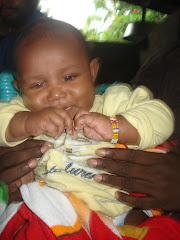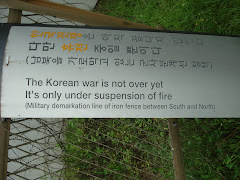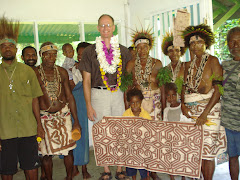
Monday we traveled to Greccio where Francis first re-created the manger scene in order to capture the hearts and imaginations of the people, helping them to see that Jesus was born as one of the people, and they are part of the story of Salvation.
The small cliff side friary was originally a cave, and we stopped and prayed in the small cave Francis used for that crib scene. Imagine a cow and a donkey crammed in here! Behind this cave is another which Francis and the first brothers used as a refectory/common room and behind that is the dormitory. Later, when Bonaventure was Minister General, he allowed the brothers to build a warmer wooden dormitory above this stone one, and it is called the Bonaventure dormitory. In a cave below the friary is the prison cell where John of Parma (another Minister General), who was suspected of harboring affection for heretics, was kept imprisoned over 40 years. The good news was that he wasn’t burned alive, and that he was eventually rehabilitated and brought up out of the hole and sent off on mission to Constantinople for the Pope (he died on the road coming home). By their cultural standards, the brothers dealt with him with tremendous compassion.
I was moved by the quirky enthusiasm of St. Francis, repelled by the abusive power which imprisoned a man in a cave.  Church is such an amazing blend of good and bad. Obviously cultural standards are a source of great bewilderment. Living in an age when we are more aware of the vastly different cultural standards in the world today I hope I can always hold out for forbearance and compassion; rehabilitation and reconciliation are possible. Yet I wonder how long it will take? I’ve been thinking about Bob Dylan’s song:
Church is such an amazing blend of good and bad. Obviously cultural standards are a source of great bewilderment. Living in an age when we are more aware of the vastly different cultural standards in the world today I hope I can always hold out for forbearance and compassion; rehabilitation and reconciliation are possible. Yet I wonder how long it will take? I’ve been thinking about Bob Dylan’s song:
How many roads must a man walk down
Before you call him a man?
Yes, 'n' how many seas must a white dove sail
Before she sleeps in the sand?
Yes, 'n' how many times must the cannon balls fly
Before they're forever banned?
The answer, my friend, is blowin' in the wind,
The answer is blowin' in the wind.
How many times must a man look up
Before he can see the sky?
Yes, 'n' how many ears must one man have
Before he can hear people cry?
Yes, 'n' how many deaths will it take till he knows
That too many people have died?
The answer, my friend, is blowin' in the wind,
The answer is blowin' in the wind.
How many years can a mountain exist
Before it's washed to the sea?
Yes, 'n' how many years can some people exist
Before they're allowed to be free?
Yes, 'n' how many times can a man turn his head,
Pretending he just doesn't see?
The answer, my friend, is blowin' in the wind,
The answer is blowin' in the wind.
Leaving Greccio we headed to Fonte Colombo (the “Mt. Sinai” of the Franciscan movement) where Francis composed the Rule of 1223. Here in a tiny cave where Francis used to fast and pray and write,  we stood in a small cluster and renewed our Franciscan commitment: “Today we your sons renew and rededicate ourselves to the call you have given us. We renew and profess our commitment to a Gospel vision of life, handed onto us by our father, Francis, and our mother, Clare…” This is a Tau sign made by St. Francis.
we stood in a small cluster and renewed our Franciscan commitment: “Today we your sons renew and rededicate ourselves to the call you have given us. We renew and profess our commitment to a Gospel vision of life, handed onto us by our father, Francis, and our mother, Clare…” This is a Tau sign made by St. Francis.

 Church is such an amazing blend of good and bad. Obviously cultural standards are a source of great bewilderment. Living in an age when we are more aware of the vastly different cultural standards in the world today I hope I can always hold out for forbearance and compassion; rehabilitation and reconciliation are possible. Yet I wonder how long it will take? I’ve been thinking about Bob Dylan’s song:
Church is such an amazing blend of good and bad. Obviously cultural standards are a source of great bewilderment. Living in an age when we are more aware of the vastly different cultural standards in the world today I hope I can always hold out for forbearance and compassion; rehabilitation and reconciliation are possible. Yet I wonder how long it will take? I’ve been thinking about Bob Dylan’s song: we stood in a small cluster and renewed our
we stood in a small cluster and renewed our 


























